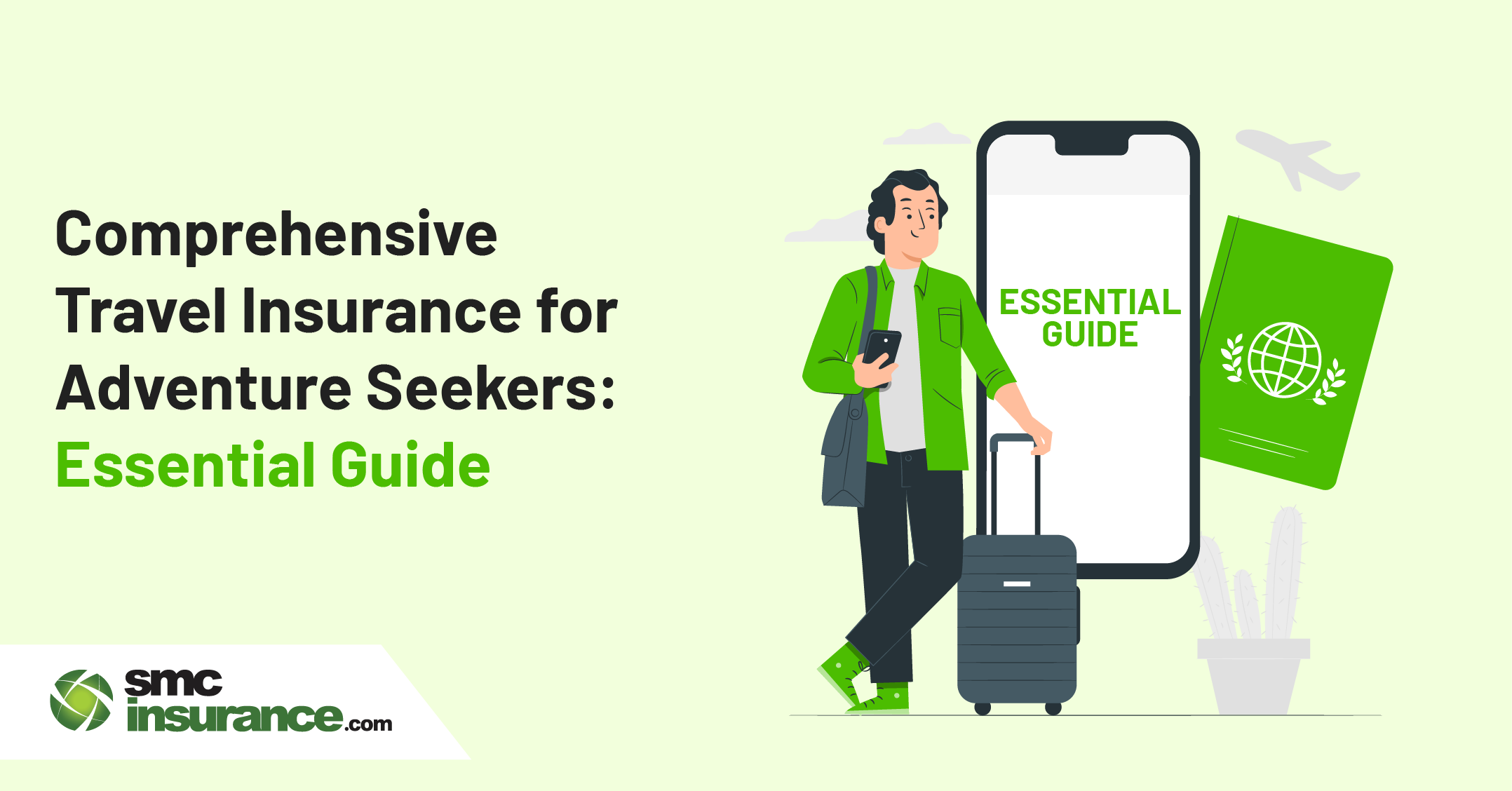Travel insurance is a crucial safety net for any traveler, but it becomes even more essential for those who seek adventure and thrill during their trips. Adventure travel, which includes activities like skiing, scuba diving, mountain climbing, and bungee jumping, comes with its own set of risks. Therefore, having the right travel insurance is vital to ensure you’re protected against unexpected mishaps. This article will guide you through everything you need to know about travel insurance tailored for adventure seekers.
Understanding Adventure Travel Insurance
Adventure travel insurance is a specialized policy designed to cover the unique risks associated with extreme outdoor activities. Standard travel insurance policies often exclude coverage for such activities due to their inherently higher risk. Hence, adventure-specific policies are essential for ensuring comprehensive protection.
Key Coverage Areas
-
Medical Emergencies and Evacuation: Adventure activities often take place in remote or rugged locations where medical facilities are limited. In the event of an injury, having insurance that covers emergency medical treatment and evacuation is crucial. This includes airlifts to the nearest hospital and repatriation to your home country if necessary.
- Accidental Death and Dismemberment: Unfortunately, high-risk activities can sometimes result in severe injuries or fatalities. Travel insurance for adventure seekers usually includes accidental death and dismemberment coverage, providing financial compensation to you or your beneficiaries.
- Trip Cancellation and Interruption: If an unforeseen event forces you to cancel or cut short your adventure trip, travel insurance can reimburse you for non-refundable expenses. This includes costs related to flights, accommodation, and pre-booked activities.
- Lost, Stolen, or Damaged Equipment: Many adventure activities require specialized equipment, which can be expensive. Travel insurance can cover the loss, theft, or damage of your gear, ensuring you’re not left out of pocket.
- Personal Liability: If you accidentally cause injury to someone else or damage their property during your adventure activities, personal liability coverage can protect you against legal claims and financial repercussions.
Activities Typically Covered
While coverage varies by provider, common activities included under adventure travel insurance policies often encompass:
- Water Sports: Scuba diving, white-water rafting, kayaking, jet skiing.
- Winter Sports: Skiing, snowboarding, ice climbing.
- Aerial Activities: Paragliding, bungee jumping, skydiving.
- Mountain Activities: Hiking, trekking, mountain biking, rock climbing.
Always check with your insurance provider to confirm the specific activities covered under your policy.
Choosing the Right Policy
Selecting the appropriate travel insurance for your adventure activities involves considering several factors:
- Activity List: Ensure the policy explicitly lists the activities you plan to undertake. Some insurers offer customizable policies where you can add specific activities for an additional premium.
- Coverage Limits: Evaluate the coverage limits for medical expenses, evacuation, and equipment. High-risk activities often require higher limits due to the potential costs involved.
- Exclusions and Conditions: Read the fine print to understand any exclusions or conditions that may affect your coverage. Common exclusions include injuries sustained while under the influence of alcohol or drugs, or participating in activities not listed in the policy.
- Policy Duration: Consider the duration of your trip and ensure the policy covers the entire period. For frequent adventurers, annual multi-trip policies can be more cost-effective than single-trip coverage.
- Provider Reputation: Choose a reputable insurance provider with a track record of handling adventure travel claims efficiently. Look for reviews and testimonials from other adventure travelers to gauge their experiences.
Tips for Making a Successful Claim
Filing a travel insurance claim can be straightforward if you follow these tips:
- Document Everything: Keep detailed records of your trip, including receipts, booking confirmations, and correspondence related to any incidents. Photographic evidence of injuries or damaged equipment can also be helpful.
- Seek Immediate Medical Attention: If you’re injured, seek medical attention immediately and obtain a detailed report from the healthcare provider. This report will be essential for your claim.
- Report Incidents Promptly: Report any theft, loss, or damage to the relevant authorities (e.g., police, hotel management) and obtain a written report. Notify your insurance provider as soon as possible to start the claim process.
- Follow Claim Procedures: Adhere to the claim procedures outlined by your insurance provider. This typically involves filling out a claim form and submitting it along with supporting documentation within a specified time frame.
Conclusion
For adventure seekers, travel insurance is not just a precaution—it's a necessity. The right policy provides peace of mind and financial protection, allowing you to fully enjoy your thrilling activities without worrying about potential mishaps. Always take the time to research and choose a policy that aligns with your adventure plans, ensuring you’re adequately covered for all the risks involved. With proper travel insurance, you can focus on making unforgettable memories, knowing you’re safeguarded against the unexpected.








